Tracking Leopards for Long-Lasting Conservation
by jabulanisafari
We recently partnered with Ingwe Leopard Research to participate in a leopard monitoring project that hopes to leave a long-lasting track in the world of leopard conservation. Our rangers at Jabulani are excited to be contributing to this vital research together with the On Track Foundation, which promotes wildlife conservation and engages with projects that protect endangered and threatened species.
Since 2007, the INGWE Leopard Research programme has been researching leopard density and populations primarily within South Africa, using scientific research techniques to provide essential data to provincial authorities and other research institutes and scientists. The main aim of this research is to understand leopard distribution in outside protected areas and to conduct a population census at the national level.
The INGWE Leopard Research programme provides reserves and lodges like ours with camera traps and training, to better gather data and photographs of the leopard populations in our wilderness and contribute to vital research. Fourteen reserves have joined so far, totalling 118,229 hectares covered.
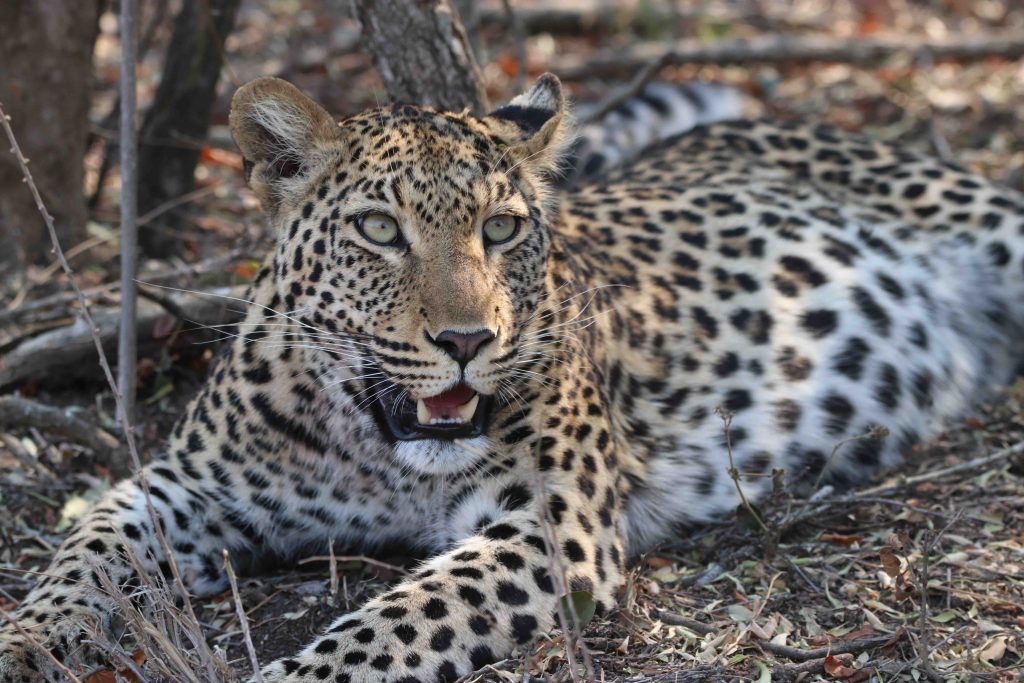
Leopards (Panthera pardus) are widely distributed across the globe, with populations across sub-Saharan Africa and much of Southern Asia, found in India, China and Russia. Within Africa they are the last of the big five species living outside of protected areas. Leopards are extremely capable hunters taking a wide range of prey; with studies finding 30 different prey species in scat analysis (Estes.R.D 1999) ranging from small insects to large ungulates. Despite this however, the leopard population is in decline.
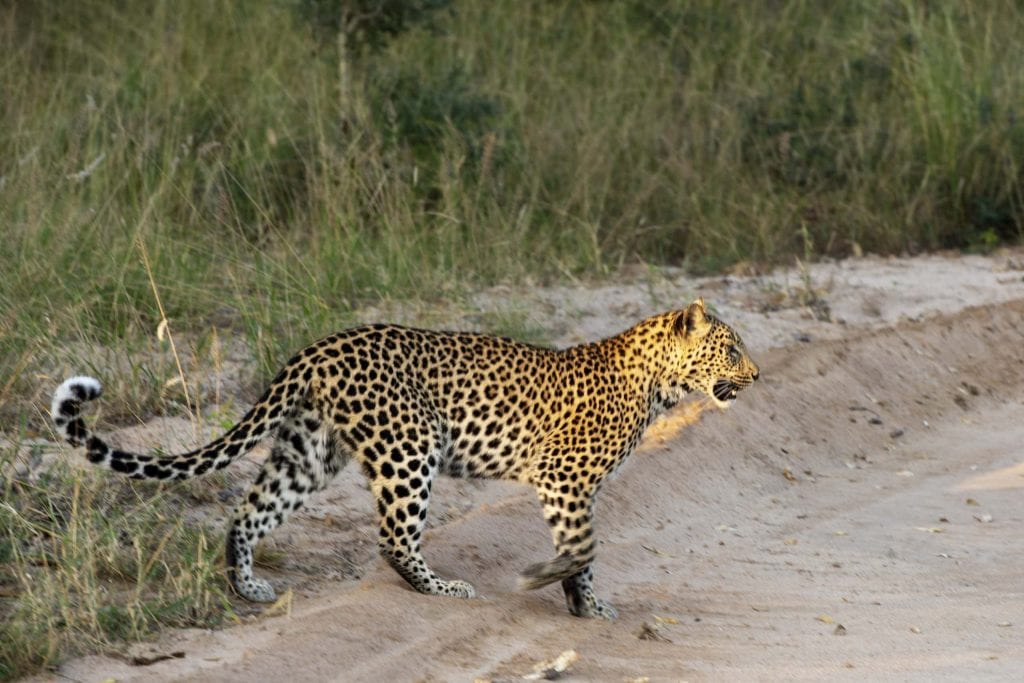
The IUCN (International Union for Conservation) last assessed the leopard population in 2015 and classified it as Vulnerable compared to 2008 where they were classified as near-threatened. Within Africa alone it is estimated that around 35% of the leopards original home range, over the last ten years, has been lost; especially in areas of South Africa and Namibia (Ray et al 2005).
Leopards are threatened both directly and indirectly.
Outside of protected areas leopards are threatened by a number of issues. Illegal prosecution of leopards by livestock owners and illegal hunting is responsible for the deaths of many leopards throughout South Africa, with studies showing at least 28 leopards in the Cape Mountains alone killed by gin traps in only 3 years (Hunter. L. 2010). The mortality rate is then also increased indirectly as a result of this.
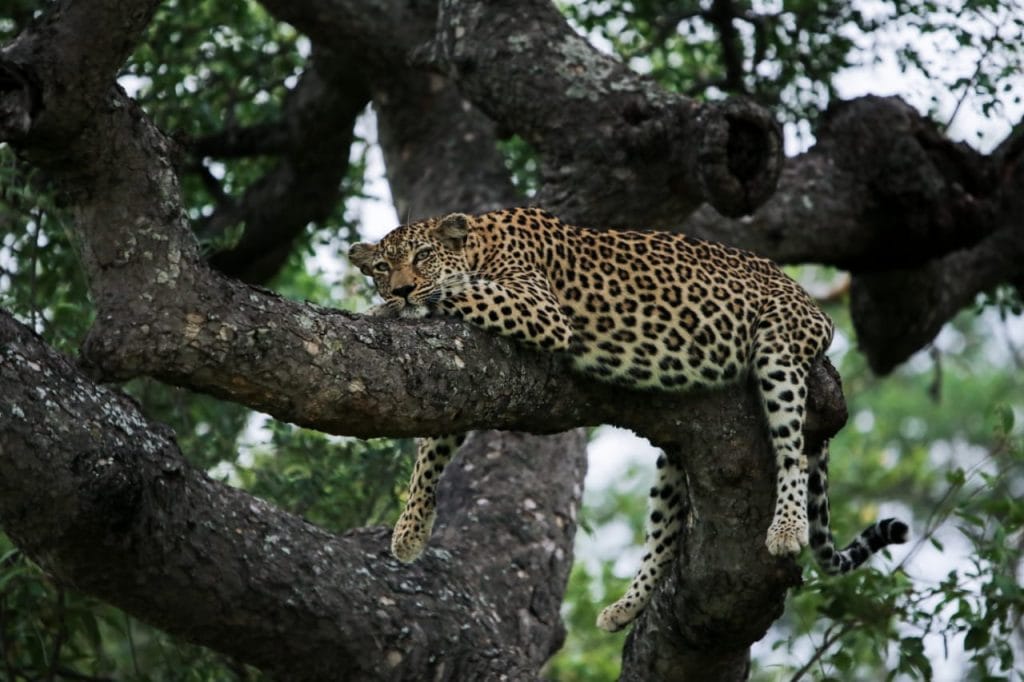
The number of male leopards that are at risk of being killed at the hand of man is far greater than the number of female (Blame G. and Hunter L. 2004) due to their larger home ranges which increases the chance of them leaving protected areas and roaming farmlands. Many species that show infanticide (the killing of infants or offspring), as the leopard (Panthera pardus) does, have lower reproductive rates when there is high male mortality rate, hence high male turnover in an area (C.Paker et al 2009). This is due to the fact that dominant males are not around to protect their offspring from intruding males who will commit infanticide so fewer cubs survive to adulthood. Unknown numbers of leopard are also killed by other human influences, for example road kills.
Due to increasing human-leopard conflict, it is important to study the density and status of the leopard outside of protected areas, an area of research that currently lacks quantifiable data.
We are proud to be working with the INGWE team to add vital data of the leopards in our area and contribute to research needed for the conservation of the species.
Support the project by subscribing to their newsletter and consider giving a donation to ensure the long-term prosperity of this research





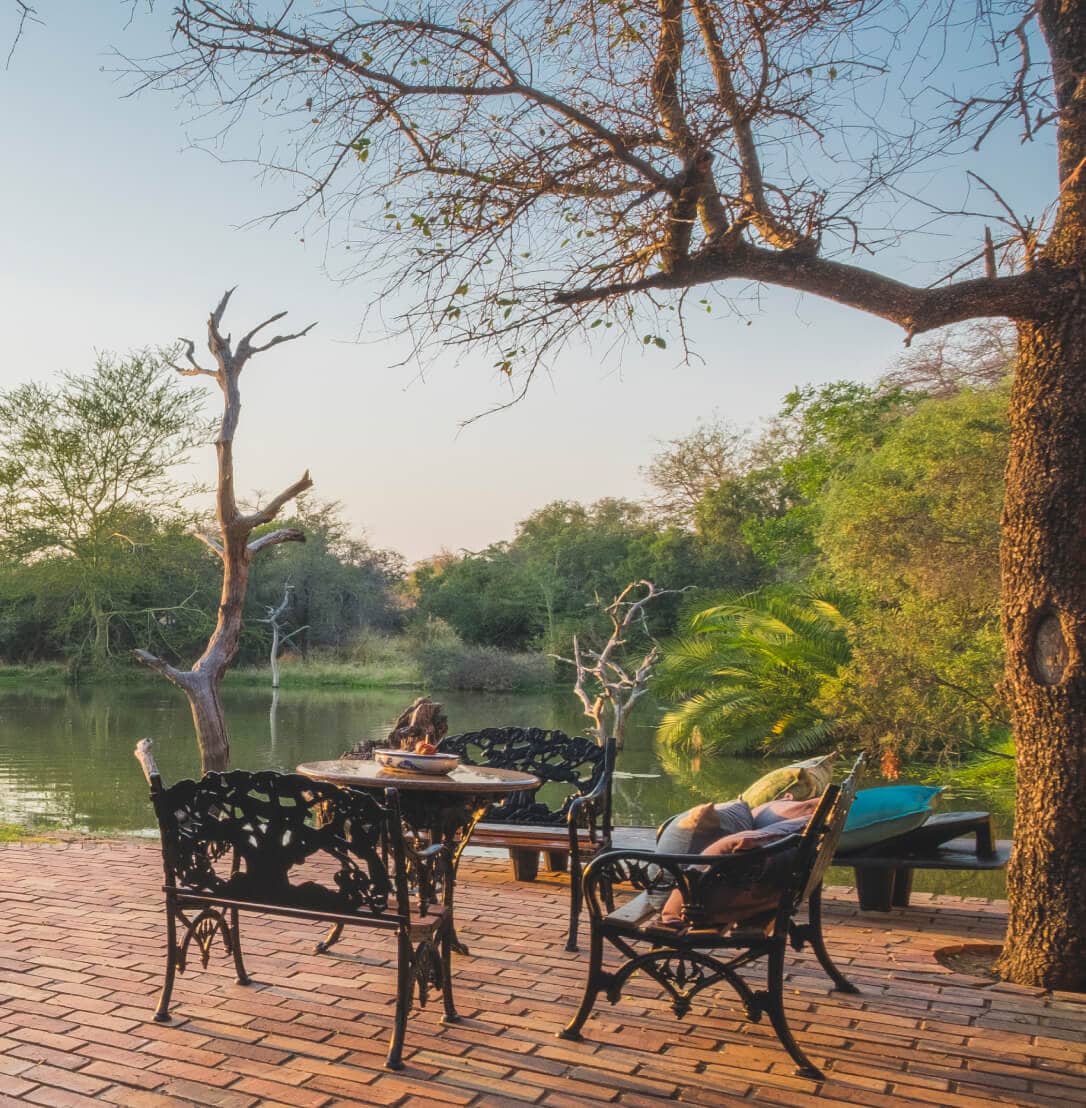

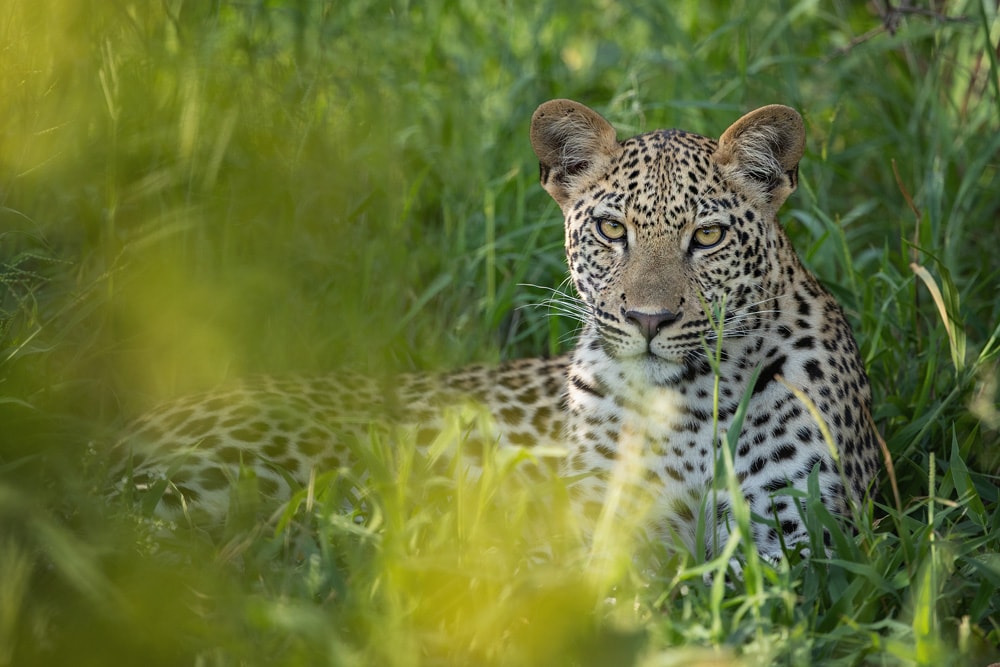

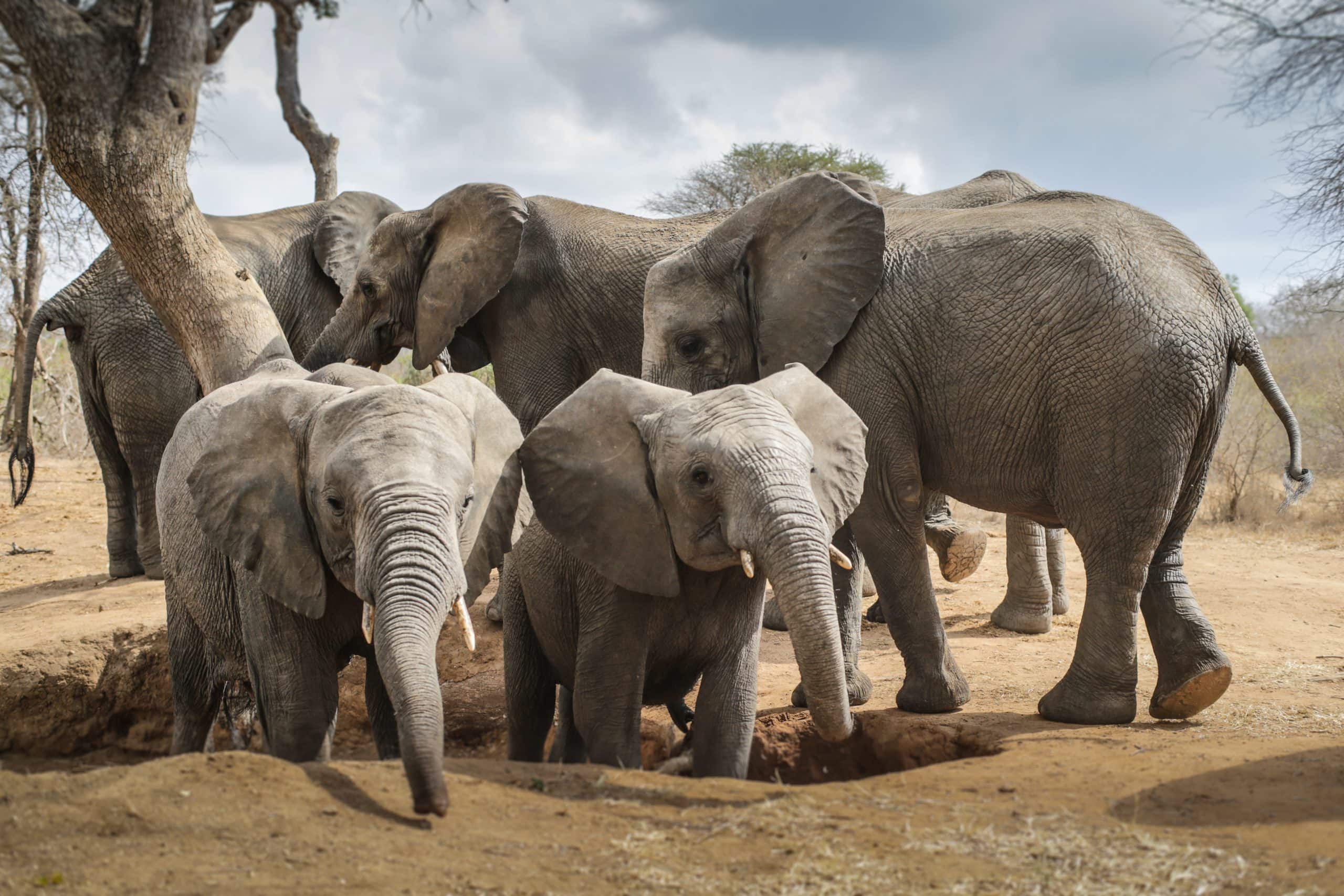
With their striking appearance and solitary nature, leopards captivate the imagination. To preserve their elegance and the health of their habitats, we must commit to robust conservation and anti-poaching measures. If you need some interesting information about them feel free to visit our website: https://animalliferesearch.com/category/mammals/leopard/